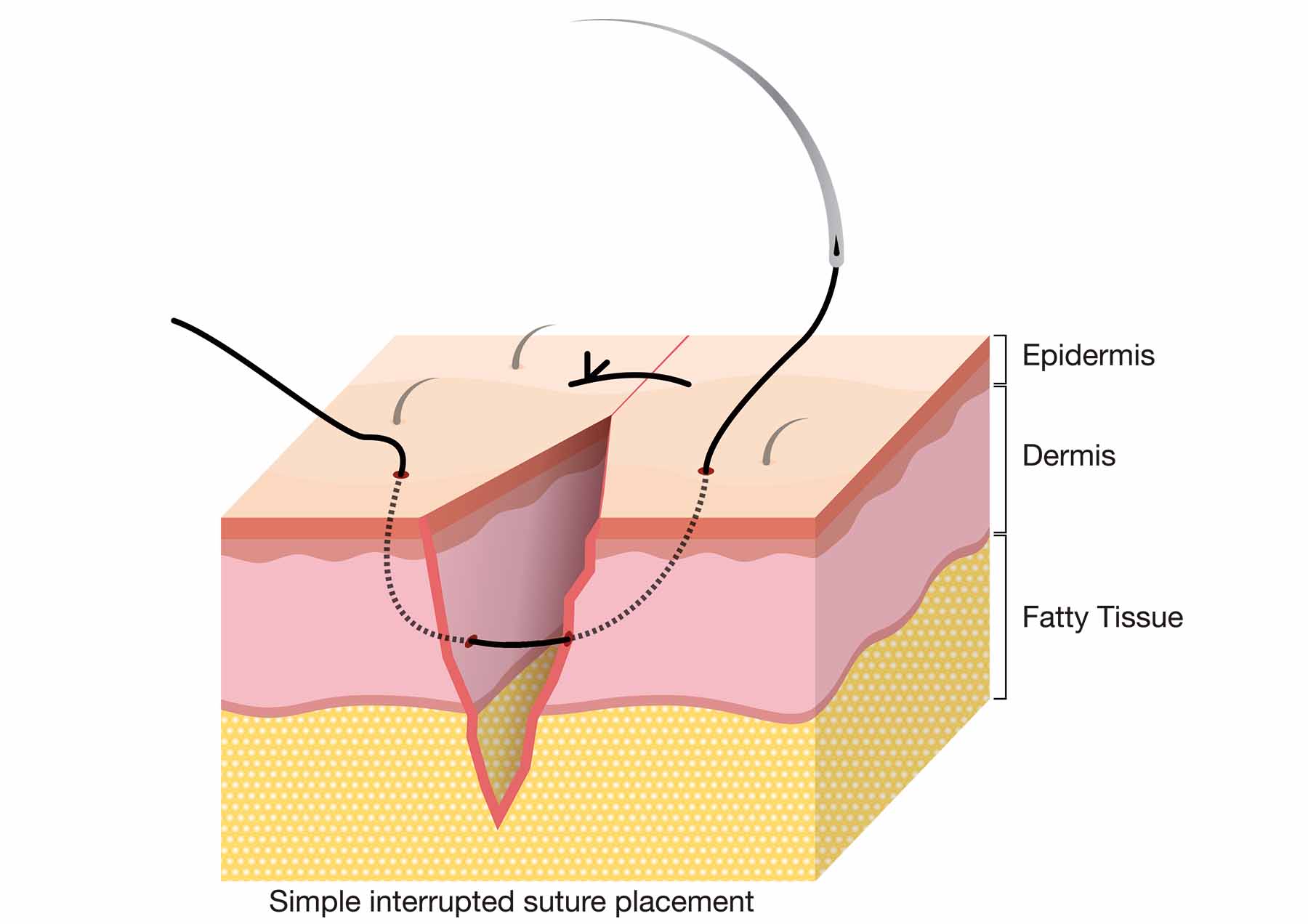Surgical Scar Revision
Annually, 200 million incisions (surgical cuts) are performed worldwide. The treatment of aesthetically unacceptable scars can be challenging, although several options are available. These options vary from non-invasive options to invasive scar revision. As there are lots of options along this spectrum it is important that you seek advice for your specific concerns from a surgeon specialised in scar.
Patients often see a plastic surgeon once they have tried lots of other non-invasive options. However, sometimes there are non-invasive options that could be more appropriate than surgery; again, an assessment by your scar specialist is important.
While various surgical options exist, all surgery carries risk and therefore a full assessment is important so that you can let the surgeon know what your concerns are. The surgeon can explain all the possible procedures, the pros and cons of each one and what can or can’t be achieved with surgery. Sometimes more than one surgery will be needed and follow up after surgery is also important.
Timing
The timing of surgical scar revision is important. Immature scars are prone to hypertrophy and inflammation and can give poor results after scar revision. Non-invasive and/or semi-invasive treatments are often better during this period, also the natural healing process will still be underway. If you go ahead with surgery, it is best to stop smoking at a minimum from 4 weeks before surgery and until 4 weeks after surgery. Tobacco causes hypoxia (reduction of oxygen in the blood), vasoconstriction and decreased cell function and therefore it delays wound healing.
Surgical techniques of revising a scar
Transposition flaps or Z-plasty: based on geometrical principles which change the direction of the scars to reduce tension; this is the most commonly used scar revision technique. The technique aligns the scar to the natural skin tension lines. There are many variations such as double opposing Z-plasty, Jumping Man plasty or W-plasty.
Flap Surgery: Full thickness skin and tissue flaps can be used for revising large scars or scars that are in areas where it is difficult to mobilise the surrounding tissue.: are often used to cover larger skin defects when there is a vascular bed available
Tissue expansion can be used for long linear scars or larger burn scars. A tissue expander (a liquid fillable inflatable ballon) is placed under the skin and is expanded gradually over a period of several months. Once there is enough expanded skin, the tissue expander can be removed, and the extra skin used for surgery to the nearby area.
A dermal substitute or artificial skin is used when there is not enough healthy comparable skin available or if the wound is too deep. It can improve scars due to the regenerative potential of adipose stem cells. This technique is now often used with depressed or adhered scars.
F.A.Q.




